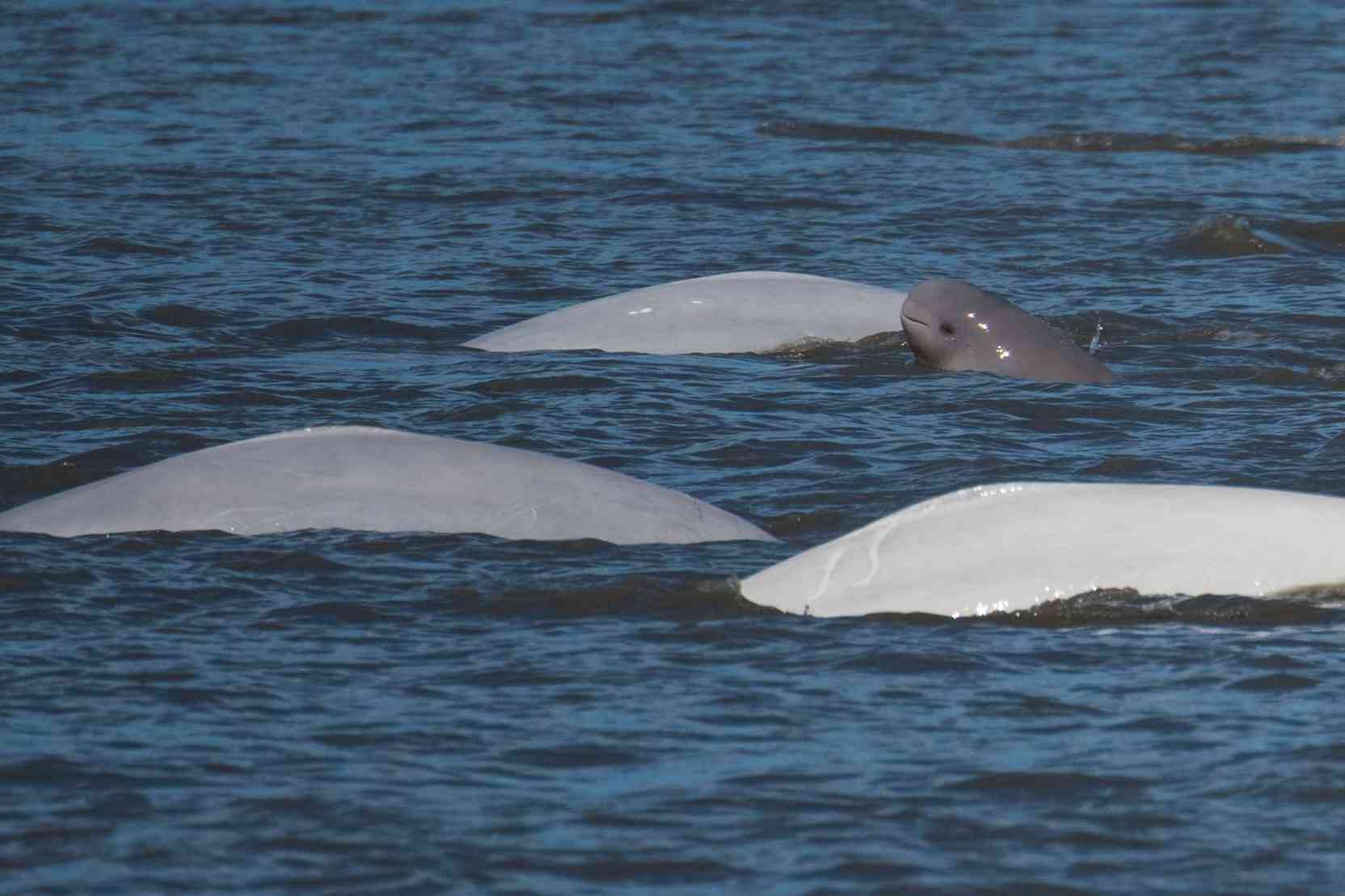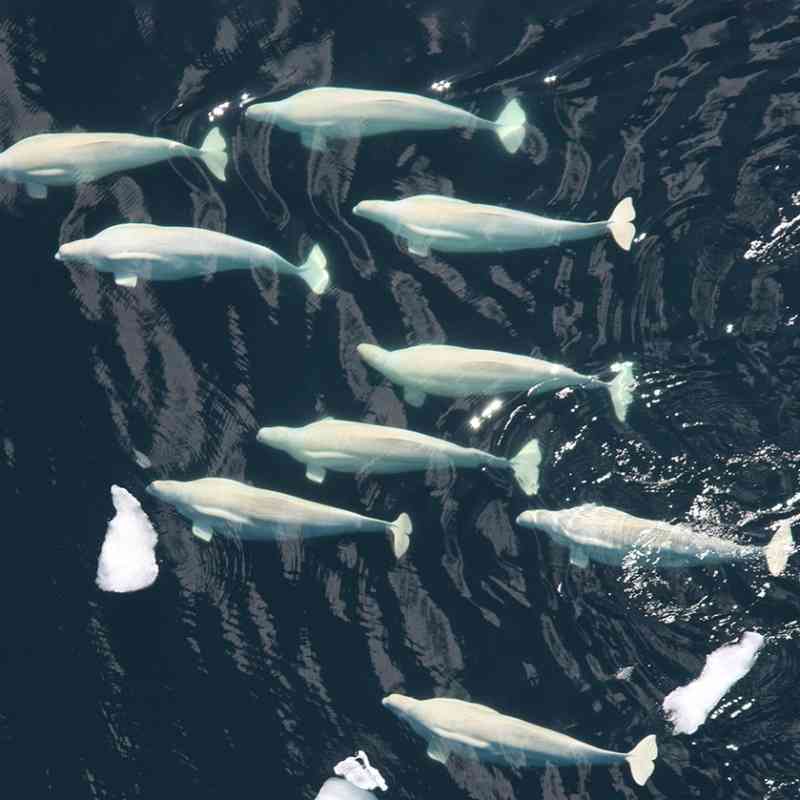Tweet“The slightly increased number is heartening, but we need to take into account the variability of estimates from year to year. The whales face multiple challenges that need to be addressed, including questions of food availability, pollution sources, and noise.”
Today, the National Oceanic and Atmospheric Administration updated its population estimate for Cook Inlet beluga whales at a median best estimate of 331 beluga whales. This is a slight increase in the previous estimate from 2018, which was a best estimate of 279 whales. Cook Inlet beluga whales have declined over 75 percent from their historic population of 1,300 individuals in 1979. Before this estimate, the population continued to drop by two percent or more annually.
“The slightly increased number is heartening, but we need to take into account the variability of estimates from year to year,” said Ragen Davey, Alaska Marine Representative, Defenders of Wildlife. “The whales face multiple challenges that need to be addressed, including questions of food availability, pollution sources, and noise.”
The whales’ primary food sources are fat-rich eulachon and salmon, but Cook Inlet salmon runs, especially chinook, have declined significantly. Identified contaminants of concern for Cook Inlet belugas include numerous organochlorines like PCBs and DDTs, polycyclic aromatic hydrocarbons (PAHs), metals, and many others. And, belugas’ reliance on sound to communicate and locate make them especially vulnerable to shipping and industrial noise. They regularly use and travel through the Port of Anchorage area, which produces noise at levels that harass belugas for miles, potentially displacing them from foraging areas and other preferred habitats.
Alaska has five distinct populations of beluga whales. Only the Cook Inlet beluga whales, a genetically and geographically isolated population, are listed as endangered under the Endangered Species Act. These iconic white whales are frequently seen offshore of Anchorage and Turnagain Arm as well as south by the Kenai River.
Defenders of Wildlife petitioned NOAA to protect this species and 3,000 square miles of its critical habitat in 2008 under the Endangered Species Act. A member of the Cook Inlet Beluga Recovery Task Force, Defenders also partners with other organizations, such as The Native Village of Tyonek, Beluga Whale Alliance, NOAA, Alaska Department of Fish and Game and Alaska Beluga Monitoring Partnership to monitor Cook Inlet beluga whales and to help ensure their survival for generations to come.
For over 75 years, Defenders of Wildlife has remained dedicated to protecting all native animals and plants in their natural communities. With a nationwide network of nearly 2.1 million members and activists, Defenders of Wildlife is a leading advocate for innovative solutions to safeguard our wildlife for generations to come. To learn more, please visit https://defenders.org/newsroom or follow us on X @Defenders.






